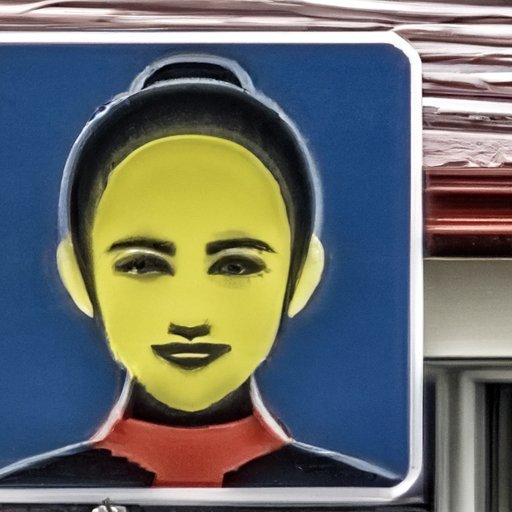Introduction
Traditional literature refers to stories that have been passed down through generations. It includes both oral and written works of fiction, such as myths, legends, fables, folktales, and fairy tales. These stories have been told for centuries and often contain universal themes and archetypal characters. They have been an important part of many cultures and have had a lasting impact on society. In this article, we will explore what traditional literature is and how it has influenced modern writing and society.

An Overview of Traditional Literature: Exploring the Genre
The term “traditional literature” is used to describe stories that are passed down through generations, either orally or in written form. These stories usually contain elements of fantasy, adventure, and romance, and they often feature archetypal characters and symbols. They are typically set in a distant past and may include mythical creatures, gods, or supernatural forces. Traditional literature can be divided into two main categories: epics and folktales.
Definition of Genre
Epics are long narrative poems that explore the adventures of a hero or heroine. Examples include Homer’s The Iliad and The Odyssey, Virgil’s Aeneid, and Beowulf. Folktales are shorter stories with a moral lesson, often featuring animals as characters. Examples include Aesop’s Fables, Grimms’ Fairy Tales, and Native American folktales.
Examples of Traditional Literature
Some of the most well-known examples of traditional literature include Homer’s The Iliad and The Odyssey, Virgil’s Aeneid, Beowulf, Aesop’s Fables, Grimms’ Fairy Tales, and Native American folktales. These stories have been retold and adapted countless times over the centuries, and they continue to be popular today.

From Epic Poems to Fairy Tales: A Look at the Origins of Traditional Literature
Traditional literature has its roots in the ancient world. Epic poems such as The Iliad and The Odyssey were first composed by the Greeks around 800 BCE. Fables and folktales were also popular in Ancient Greece, and many of these stories were recorded by Aesop and other writers. During the Middle Ages, epic poems such as Beowulf were composed in Europe, while folktales such as Grimms’ Fairy Tales were popular in Germany. In the Renaissance period, authors such as William Shakespeare wrote plays based on traditional stories.
Characteristics of Traditional Literature: What Makes it Unique?
Traditional literature is characterized by storytelling, archetypal characters and symbols, and universal themes. Stories often involve a hero or heroine who embarks on a quest or journey, and they often feature magical creatures, gods, and supernatural forces. Characters are often larger than life, and they often represent good and evil. Common symbols include animals, objects, and colors. Universal themes such as love and sacrifice, power and greed, and good vs. evil are often explored in traditional literature.
How Has Traditional Literature Influenced Modern Writing?
Traditional literature has had a lasting impact on modern writing. Many authors have adapted and reworked traditional stories, creating new versions with contemporary settings and themes. For example, J.K. Rowling’s Harry Potter series is based on the traditional story of a hero’s journey. Other authors have drawn inspiration from traditional literature, using archetypal characters, symbols, and themes in their own work. Traditional literature has also influenced film and television, with many books and movies based on traditional stories.
Themes and Morals in Traditional Literature: Examining Common Threads
Traditional literature often explores universal themes and morals. Good vs. evil is a common theme, as characters must choose between right and wrong. Love and sacrifice are also explored, as characters must make difficult choices in order to save themselves or others. Power and greed are also explored, as characters struggle for control or wealth. These themes and morals have been explored in traditional literature for centuries, and they continue to resonate with readers today.

Analyzing the Impact of Traditional Literature on Society Today
Traditional literature has had a lasting impact on society. It has helped to preserve culture by passing down stories and values from generation to generation. It has also taught important lessons, as many of the stories contain moral messages or warnings. Finally, traditional literature has inspired modern writers, providing them with ideas and themes to explore in their own work.
Conclusion
Traditional literature is an important part of many cultures. It includes epics and folktales that have been passed down through generations and have had a lasting impact on society. These stories typically contain elements of fantasy, adventure, and romance and often feature archetypal characters and symbols. They have also served to preserve culture and teach important values. Finally, traditional literature has influenced modern writing, providing authors with ideas and inspiration for their own work.
(Note: Is this article not meeting your expectations? Do you have knowledge or insights to share? Unlock new opportunities and expand your reach by joining our authors team. Click Registration to join us and share your expertise with our readers.)
